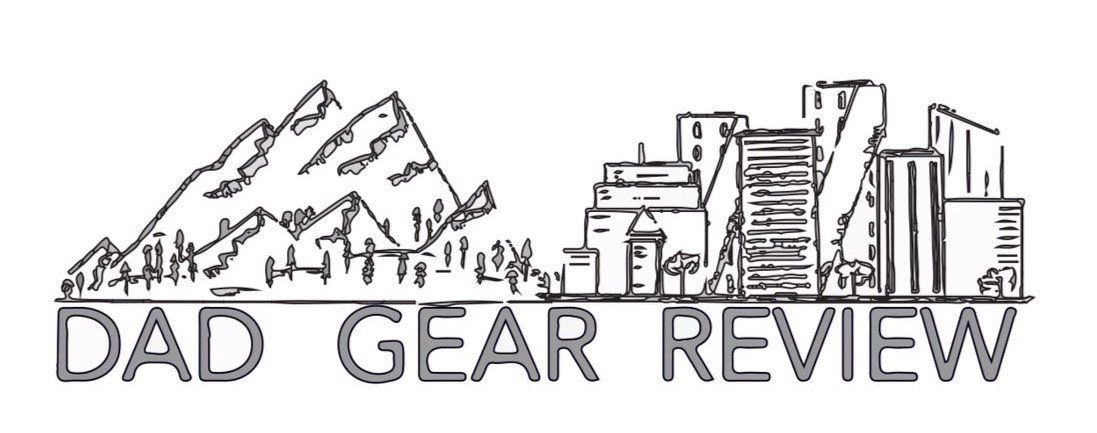
How to Split Wood
for a Perfect Fire
According to an Expert
It’s hard to beat a great fire crackling away there in your fireplace, firepit, or campsite fire ring. But it can also be frustratingly hard to make a great fire. As with so much in life, from one’s career to a fancy dinner to retirement and such, the key to a hot, safe, and all-around enjoyable fire is preparation. If you take the time to prepare kindling, to split your larger logs into the right sizes for the blaze needed, to have a ready supply of wood on hand, and to use good fire starting tools, you’re going to have a fine fire.
But we know some of that is easier said than done, namely the parts about prepping kindling and splitting logs and such. You know you have to split your own wood if you want a great fire, but perhaps you don’t know the easiest way to chop wood or what are the best tools to split wood? You know you need a good ax, sure, but what else? And what type of woods should you use for a fire? And are some woods bad for fires? Also, how to get and keep that fire going once all the wood is prepped?
For fire-related answers, we turned to an expert. Namely we turned to Mike Bacher, the co-founder of KABIN, a company that makes, in their own words, “modern tools for the rustic life.” (Which, yes, if you were wondering, does resonate with us here at DGR!)





What are your thoughts on choosing wood for a fire?
“Seems obvious,” Mike said, “but the type of wood used has a huge impact on a fire. Softwoods, like pine and cedar, are quick to light, but burn quickly and throw off a lot of creosote, making them good options for kindling and tinder, but you'd want to avoid burning in large quantities, especially indoors. Hardwoods, like maple and ash, burn hotter for longer, and are what you'd want to use as your primary fuel for a fire. It's important that any wood used in a fire has been properly seasoned — dried for at least a season — so that it doesn't put off a lot of smoke as the moisture evaporates when burned.
How does the cutting/splitting/prep differ for a fire in an indoor fireplace vs. an outdoor firepit or campfire?
“The tinder and kindling requirements are pretty much the same indoors and outdoors, but obviously with a campfire there's much less of a size restriction. As such, while you may need 12" or 16" logs to fit in a wood stove, you could burn much larger pieces in a bonfire if you're looking to really make an impressive fire.”
What are the best tools to use when splitting wood? And what are tips for proper use and maintenance?
“A maul is a must have splitting tool if you'll be bucking wood and splitting rounds in excess of 12" diameter. Obviously, using the KABIN Kindle Quick is the easiest and fastest way to split firewood into smaller pieces of kindling. There's no safer way to split wood 7” to 8" in diameter or less, and you can easily split wood down to pieces less than an inch in diameter, which makes for perfect kindling.”
What are some mistakes people make when prepping fires?
“Biggest mistake is not appreciating how vital airflow is to getting a fire started and keeping it going. Don't smother your fire, and they'll start much easier and try not to crowd it once it's going for a long lasting fire.”

